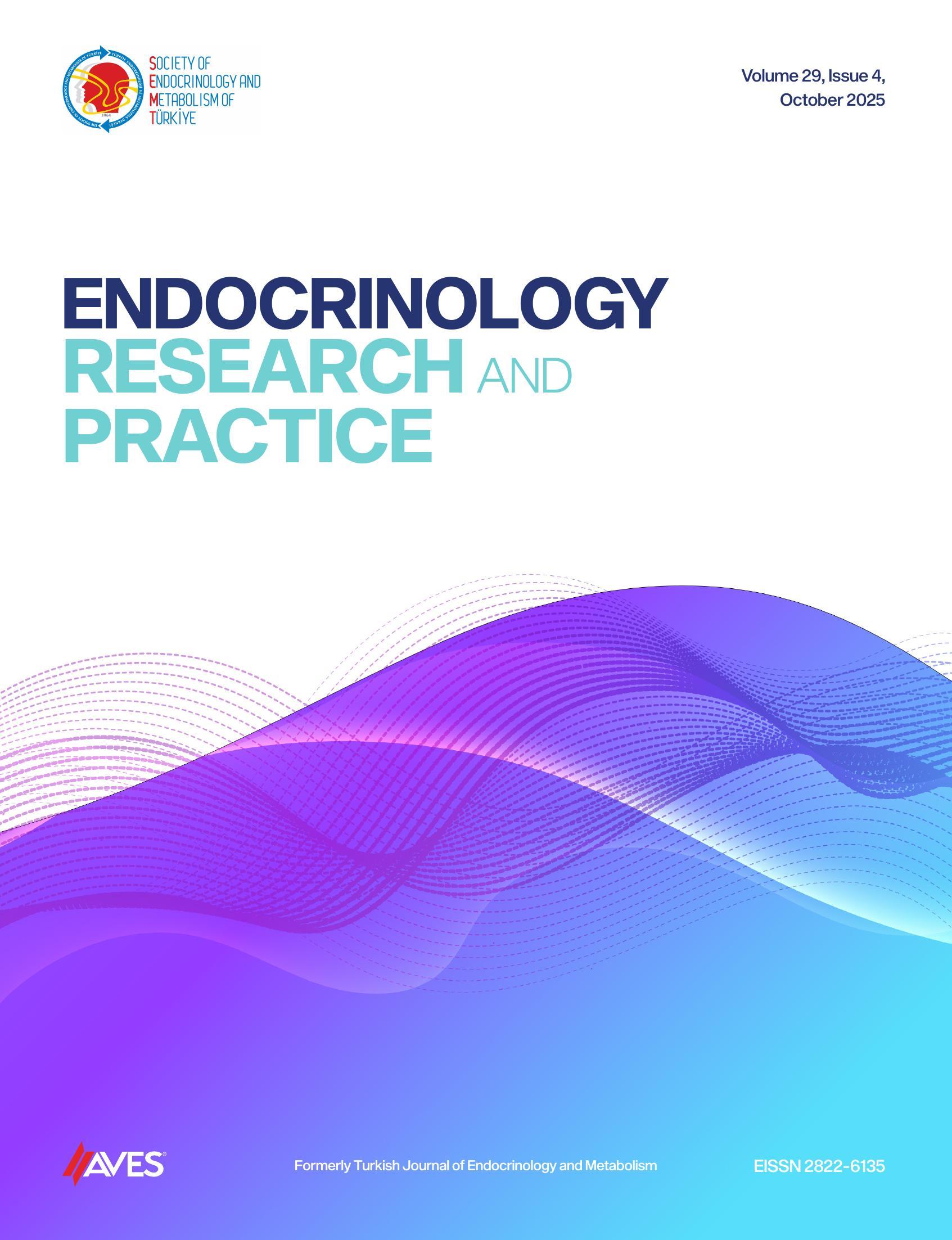Abstract
Objective: Osteoporosis is a common metabolic bone disease. All women over the age of 65, all men over the age of 70 and the younger cases having some other risk factors are recommended to be screened for osteoporosis. In this study, we tried to show how much of the cases that were recommended to be screened had already been evaluated by DEXA.
Methods: The age, height, weight and osteoporosis risk factors data of 125 cases, who admitted to our endocrinology out-patient clinics between October 2017 and February 2018 and must already been screened, were recorded. The cases were questioned whether their bone mineral density was assessed with DEXA previously. Fracture risk situations were analyzed by means of Fracture Risk Assessment Tool (FRAX) adapted for Turkey. The mean calculated risk of hip and major osteoporotic fractures and the frequency of each risk factor were assessed using the SPSS-21 statistical software program.
Results: A total of 125 cases (106 female and 19 male) aged between 47 and 85 were evaluated with a mean age of 68. The means of weight and height were 76.08 kg and 155.2 cm respectively, 92% of the patients were non-smokers and any of the cases did not use alcohol regularly. Four cases were on
glucocorticoid treatment and six cases were diagnosed with rheumatoid arthritis, 59.2% of cases had a secondary cause (8 cases were on aromatase inhibitor therapy for breast cancer, 1 had hypoparathyroidism, 4 had primary hyperparathyroidism, 15 had premature ovarian failure, 14 cases were thyrotoxic that 5 of them were iatrogenic thyrotoxicosis because of differentiated thyroid carcinoma treatment). While
there was a personal history of fractures in 27.2% of cases, the parental fracture history was present in 8% of cases. While the mean 10-year-major osteoporotic fracture risk calculated by the FRAX scoring system was 6.05%(2.5-49), the mean risk of hip fracture was 1.6% (0.2-40). The percentage of those evaluated with DEXA previously despite the current indication for osteoporosis screening was only 55.5%. According
to the FRAX calculation system, 24.8% of our cases were in high risk group for fracture, but only 48.4% of these cases were evaluated with DEXA.
Conclusion: In our outpatient clinics, we neglect evaluating the risk of fracture which has so severe economical and emotional burden after it develops.

-1(1).png)

.png)